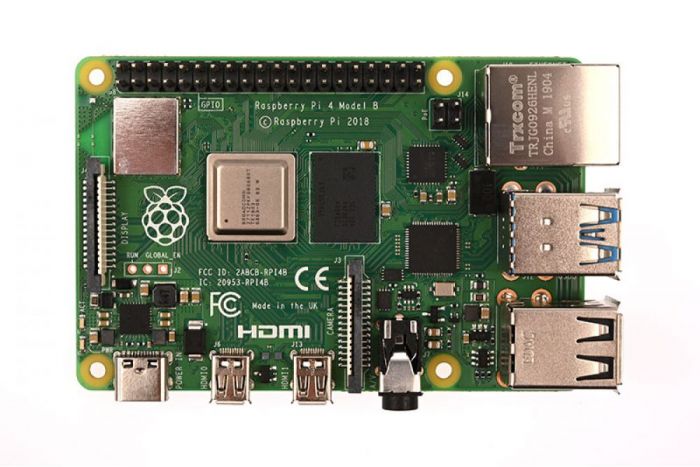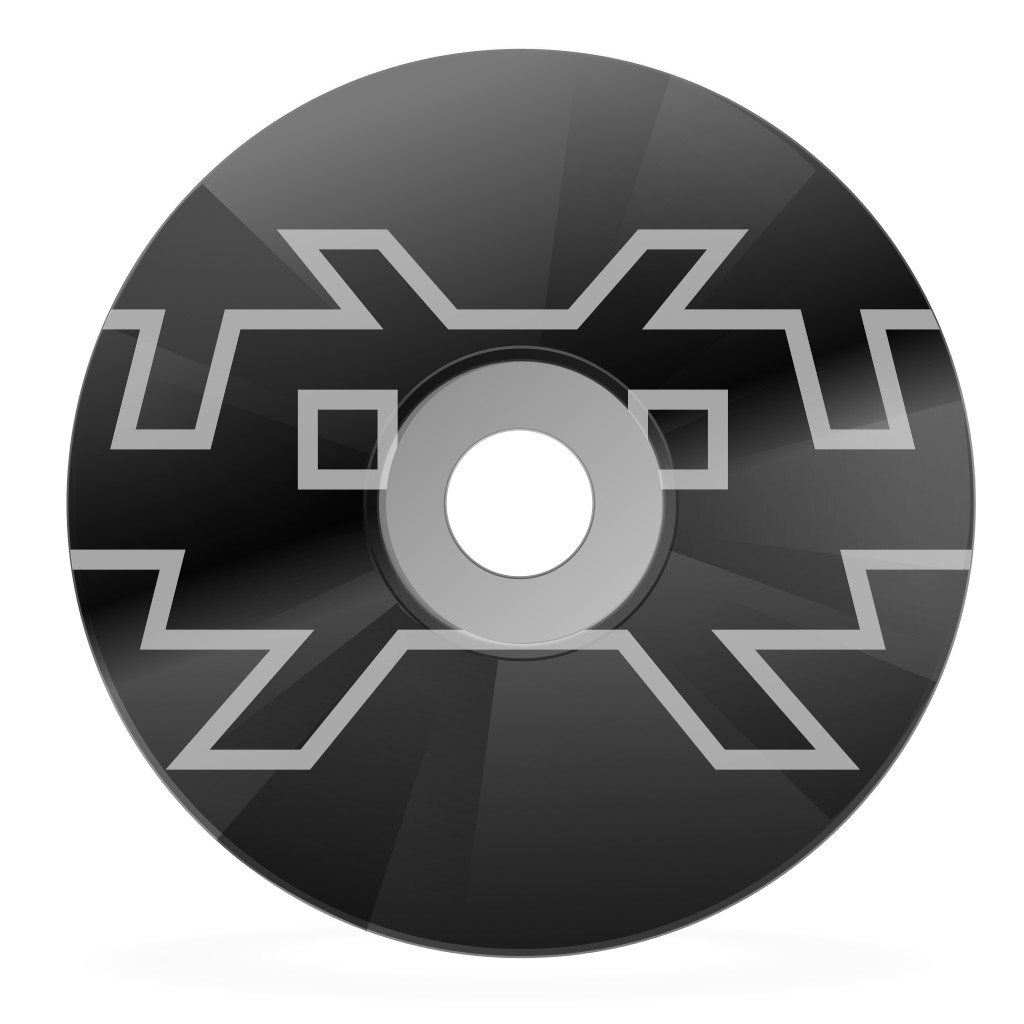 Thanks to a tester called Namanix, we can tell you in no uncertain terms that runahead with RetroArch works great on Raspberry Pi 4 for systems up to and including the GBA. With runahead configured right, you can get latency BETTER than the original console (on a CRT)!
Thanks to a tester called Namanix, we can tell you in no uncertain terms that runahead with RetroArch works great on Raspberry Pi 4 for systems up to and including the GBA. With runahead configured right, you can get latency BETTER than the original console (on a CRT)!
I repeat again – with Raspberry Pi 4 and RetroArch, latency is NOT A PROBLEM thanks to runahead. You don’t need magic controllers or any fancy tech – but I’ll let the numbers speak for themselves.
- Mario Kart Advance – VBA Next – 5 frames ahead – runahead – second instance – 65-75 fps
- Super Mario Advance – VBA Next – 2 frames ahead – 2 instances – 86fps
- Mario Kart Advance – VBA Next – 2 frames ahead – 2 instances – between 65 – 75 fps full speed
- Mario Kart Advance – VBA Next – 2 frames ahead – 1 instance – 50fps
- Super Castlevania 4 – Snes9x 2010 – 5 frames ahead – 1 instance – 68fps
- Super Castlevania 4 – Snes9x 2010 – 5 frames ahead – 2 instances – 140fps
- Sonic – Genesis Plus GX – 5 frames ahead – 2 instances – 125fps
- Streets of Rage 2 – Genesis Plus GX – 2 frames ahead – 1 instance – 117fps
- Super Castlevania 4 – Snes9x 2010 – 2 frames ahead – 1 instance – 100fps
- Super Castlevania 4 – Snes9x 2010 – 2 frames ahead – 2 instances – 135fps
So, in other words, RetroArch and runahead is a done deal for NES, SNES, Genesis, and GBA on a Raspberry Pi 4. Better than console latency, better than on a real CRT. Put a fork in it, it’s done! All this for $50 tech, too. Kinda hard to beat in value.

